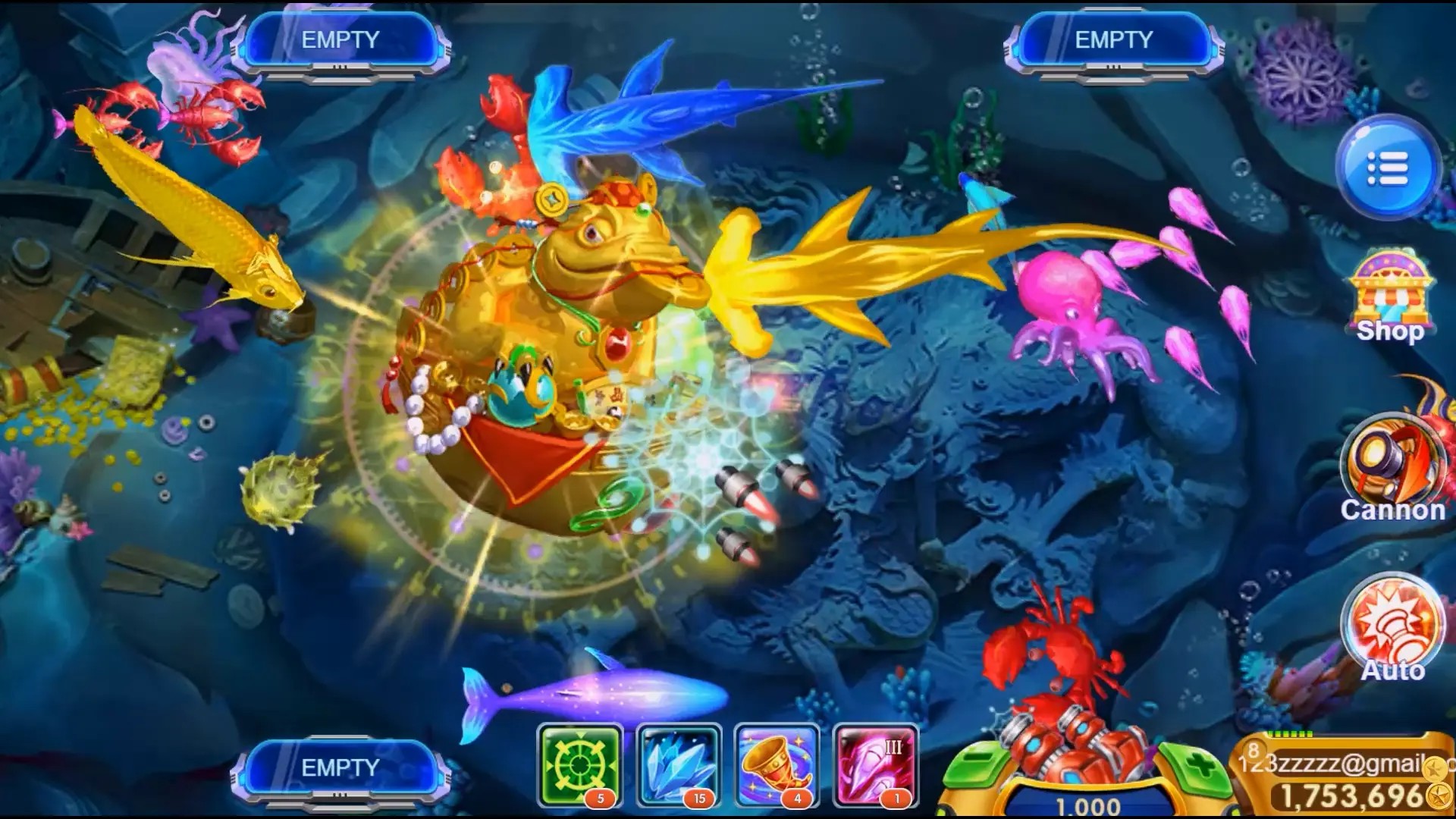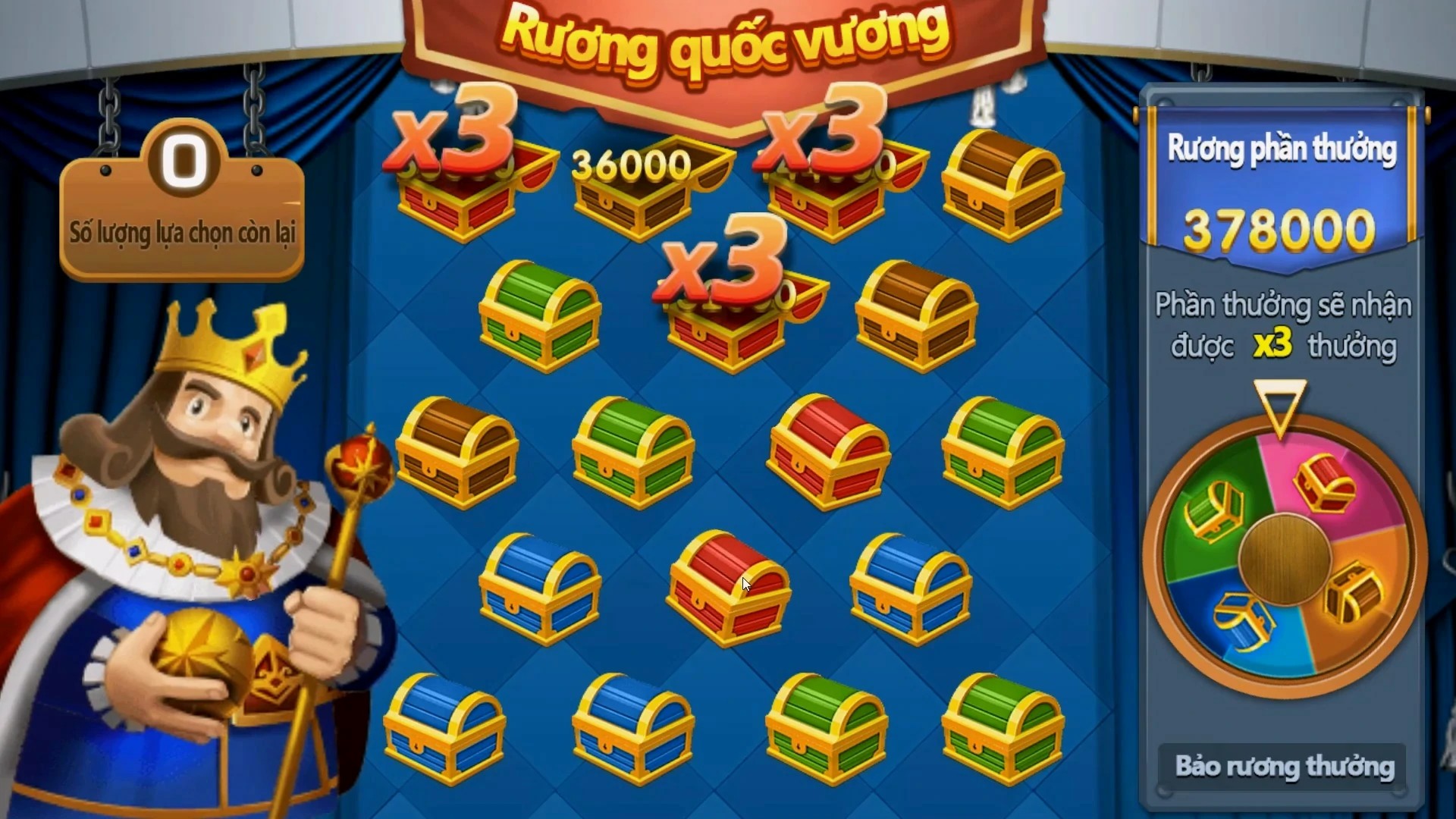Why Idle Games are the Future of Real-Time Strategy Gaming: A Deep Dive
In recent years, the gaming landscape has seen a significant shift with the rise of idle games. These games, often characterized by minimal player interaction, have captured the attention of both casual and dedicated gamers. But what is it about idle games that positions them as the future of real-time strategy games? Let's dive deep into this emerging trend and explore its potential impact on the gaming community.
Understanding Idle Games
Idle games, also known as incremental games, are designed to progress even when the player isn't actively engaged. You might click once to establish your base and then watch as it develops over time. This unique gameplay could serve as a relaxing alternative to more demanding real-time strategy (RTS) games.
How Idle Games Enhance User Engagement
Engagement in gaming is pivotal, and idle games particularly shine here. Their design encourages players to routinely check back, ensuring an ongoing relationship with the game. Unlike traditional RTS games, which might require hours of intense focus, idle games offer a more casual, yet surprisingly addictive experience:
- Minimal Time Investment
- Continuous Rewards
- Simple Mechanics
The Evolution of Real-Time Strategy Games
Real-time strategy games have long been a staple in the gaming world, captivating players with their complexity and tactical depth. Titles like StarCraft and Age of Empires have set high standards for decision-making under pressure. However, even these giants have evolved, accommodating elements from idle games to retain player interest.
Why Combine Idle Mechanics with RTS?
The blend of idle mechanics within RTS frameworks offers a new strategic experience. Here’s why:
- Decreased Frustration: Players can undertake strategic planning without the intense pressure of real-time gameplay.
- Accessibility: Newcomers can learn the ropes without the overwhelm of competing against seasoned players.
- Resource Management Reinvented: Idle mechanics can allow players to focus on long-term strategies while automatically managing finances or resources.
What the Industry Says
Industry experts are starting to take notice. Many believe that idle games can enhance real-time strategies by attracting a larger audience:
| Game Title | Idle Features | Release Year |
|---|---|---|
| Age of Empires IV | Resource generation upgrades | 2021 |
| StarCraft II | Map exploration bonuses | 2010 |
| Civilization VI | Automated city management | 2016 |
Co-op RPG Games for Switch: The Idle Game Influence
Turning our attention to co-op RPG games on the Switch, we see similar shifts in player expectations. Idle games have inspired developers to create refreshing experiences where simultaneous play is tempting and less demanding. How do these games utilize idle mechanics?
- Shared resources that accumulate over time
- Automated character level-ups in cooperative settings
- Easy joining and exiting for quick gaming sessions
How to Recognize a Great Idle Game
Here are some benchmarks you can use to identify a captivating idle game:
- **Engaging Visuals**: Aesthetic quality can significantly enhance your experience.
- **Intuitive Gameplay**: The learning curve should be smooth, allowing easy entry for new players.
- **Community Features**: Look for games that foster interaction, whether it's leaderboards or cooperative tasks.
The Role of EA Sports FC 25 National Teams in Gaming
Even in sports simulation games like EA Sports FC 25, idle elements have been noticed. Players can gain experience, stats, and even national team rankings while engaging minimally. This blend allows deeper strategic play without the constant pressure of direct competition:
- Skill progressions that occur even in downtime.
- Enhanced team dynamics built on idle mechanics.
Future Prospects: Where Do We Go from Here?
As idle games continue to capture interest, many developers are likely to explore further integrations within the RTS genre. With more focus on accessibility and engagement, players can expect a new wave of games that combine strategy with serene gameplay.
Key Takeaways
1. Idle games present a unique opportunity to alter traditional gaming experiences.
2. They offer players less frustrating and more gratifying interactions.
3. The combination of idle mechanics with RTS games could usher in a new era of gaming.
Conclusion
The future of gaming seems bright, especially for real-time strategy games embracing idle gaming.
Players are always looking for ways to engage without the constant pressure of traditional gaming. As these worlds continue to merge, we can expect an evolving landscape that appeals to a broader audience, from casual gamers to hardcore strategists.



